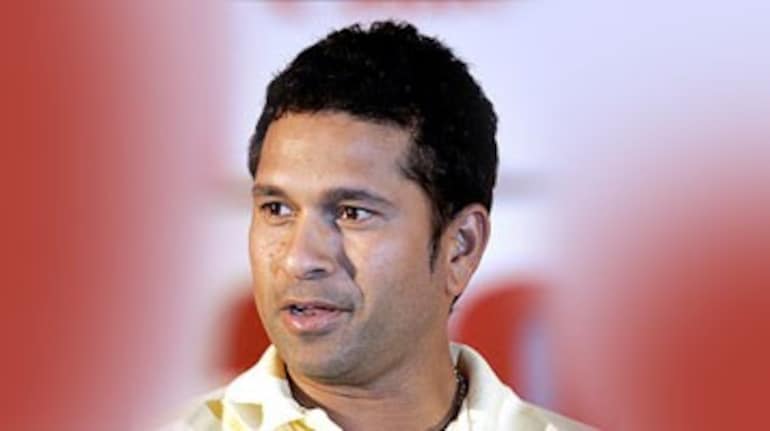

Amit Trivedi
Cricket fever has gripped the nation with the Indian team, defending champions, winning five matches on a trot after had a disastrous tour of Australia prior to the start of the world cup matches.
Cricket has a lot in common with the world of investing. As Ravi Shastri likes to put it, “cricket is a game of glorious uncertainties.” The world of investing is too. Both involve lots of numbers and analysis.
So here is a note using some numbers from the game of cricket to explain one of the most common and one of the most powerful investing concepts: the power of compounding. It was 24th February 1988 when two teenagers from Mumbai set a world record partnership of 664 runs.
Both went on to play for the Indian cricket team over the next few years. Sachin was the first of the two to play for India and Kambli followed him four years later. However, Kambli was more prolific run machine, amassing runs at will. In the 17 test matches he played, he scored 1084 runs at an average of 54.20 runs per inning.
Sachin too had a great start, but paled in comparison to Kambli – by the time Kambli played his 17th test match, Sachin had scored 2,483 runs from 38 test matches at an average of 51.72 – roughly 2.50 runs per inning less than Kambli.
However, Kambli’s career ended here.
This marked the big difference between the two. One career ended early; the other continued for probably the longest period for a test player – playing for the country for almost a quarter of a century.
While Kambli scored 1,084 runs in his test career, Sachin went on to write his name against almost every batting record, scoring a total of 15,921 runs from 200 test matches at an average of 53.78 runs.
What made the difference? While one may get into the debate about talent, attitude, commitment, etc.; the difference in the number of runs scored comes only from one factor – longevity. Sachin played longer than Kambli.
In the words of Sunil Gavaskar, “In test matches, you just have to stay at the crease, the runs would follow.”
This is a big lesson for all investors – stay in the game to accumulate the runs – stay invested longer for the power of compounding to work in your favour and accumulate wealth.
The equation for the compound interest is taught in higher secondary school:
A = P * (1 + r/100) ^ n
Where:
A = the amount accumulated at the end of the term
P = amount invested now
r = Rate of return per period
n = no. of compounding periods
In the above equation, ‘A’ is the amount that you may need to fund your goal. When the objective is translated into maximizing the ‘A’, there are three variables that one can change, viz., investment amount, rate of return and the time period.
As anyone with the understanding of numbers can see, the maximum impact comes from the combination of “n” and “r”. Between the two, “r” is beyond the control of most, whereas “n” is quite within one’s control.
Coming back to Sachin and Kambli, in spite of a higher average (equivalent of “r” in the compound interest equation), Kambli ended with fewer runs, simply because Sachin had a huge “n” – the number of years.
Let us look at some numbers:
Assume P = Rs. 100, r = 10% p.a. and calculate amount accumulated “A” for various periods of time “n”
n – number of years A – amount accumulated1 Rs. 1102 Rs. 1215 Rs. 16110 Rs. 25920 Rs. 67325 Rs. 1,08326 Rs. 1,192
As can be seen from the table above, the value of investment would grow from Rs. 110 to Rs. 121 from year 1 to 2. However, from year 25 to 26, the same would grow from Rs. 1,083 to Rs. 1,192; i.e. by Rs. 109 – This is more than the original capital invested. This is the magic of compounding.
Albert Einstein is believed to have said, “Power of compounding is the 8th wonder of the world. Those who understand it, earn; those who don’t, pay.”
Many investors, out of lack of understanding or out of fear, wish to book profit and get out after a market rallies fast in a short period of time. It may not always work out to be a wise decision. Give your investments time.
Understand the game – lifetime investing is not a 20-20 game; it is longer than a test match, it is in fact a test match career. The longer you stay at the crease, the more runs you can accumulate.
The views expressed here are his personal views.He can be reached at amit@karmayog-knowledge.com.
Discover the latest business news, Sensex, and Nifty updates. Obtain Personal Finance insights, tax queries, and expert opinions on Moneycontrol or download the Moneycontrol App to stay updated!